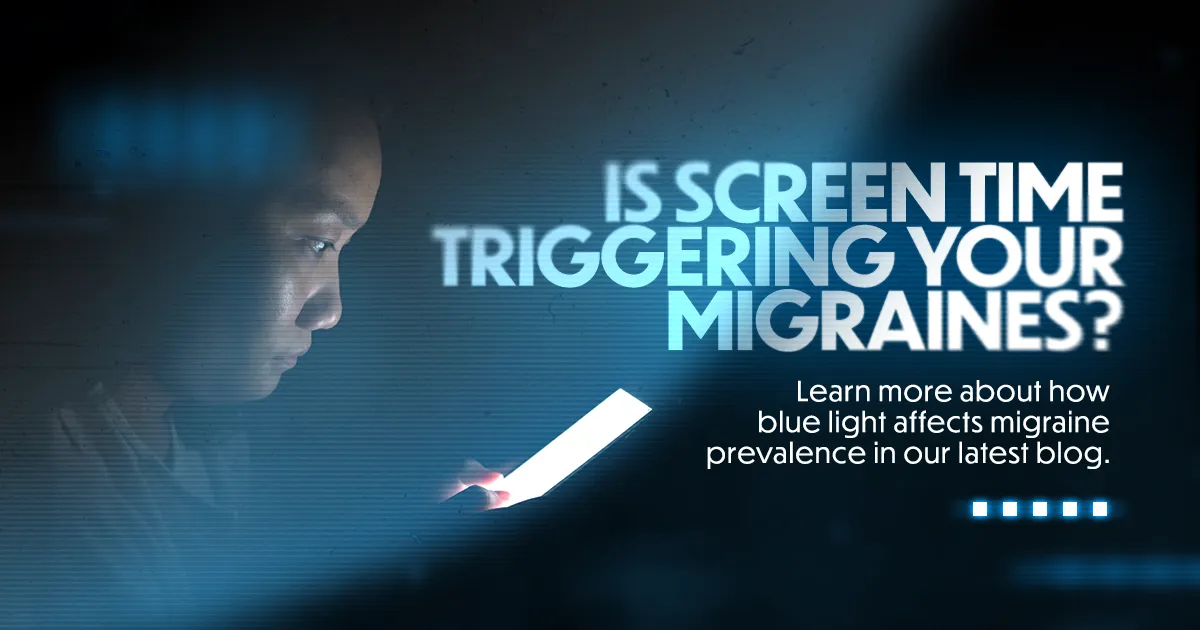In today’s digital age, our lives are increasingly intertwined with screens. Whether it’s smartphones, tablets, computers, or televisions, we spend significant amounts of time in front of these devices. However, while screens offer convenience and connectivity, they also pose a potential trigger for migraines, especially with the prevalence of blue light emission.
Understanding Migraines and Their Triggers
Migraines are complex neurological conditions characterized by recurrent headaches, often accompanied by other symptoms such as nausea, sensitivity to light and sound, and visual disturbances. While the exact causes of migraines remain elusive, various factors can act as triggers, including stress, hormonal changes, dietary factors, and environmental stimuli.
The Impact of Screen Time
One of the modern-day environmental triggers gaining attention is screen time. Extended periods of exposure to screens, whether for work, entertainment, or communication, have been linked to an increased risk of migraine attacks. This phenomenon is attributed, in part, to the emission of blue light from digital screens.
Understanding Blue Light
Blue light is a short-wavelength, high-energy light on the visible spectrum. It is emitted naturally by the sun but is also produced by artificial sources such as LED screens, fluorescent lights, and electronic devices. While exposure to natural blue light during the day helps regulate our circadian rhythm and promote wakefulness, excessive exposure to artificial blue light, especially in the evening, can disrupt our sleep patterns and have other adverse effects on health.

The Link Between Blue Light and Migraines
Research suggests that blue light exposure from screens can trigger or exacerbate migraines in susceptible individuals. Blue light penetrates deep into the eye and can cause retinal damage, disrupt melatonin production, and induce oxidative stress in the brain—all of which may contribute to migraine onset. Additionally, blue light exposure can worsen symptoms such as light sensitivity (photophobia) during migraine attacks, making them more debilitating.
Managing Screen Time to Reduce Migraine Risk
Given the ubiquitous nature of screens in modern life, completely avoiding screen time is often unrealistic. However, there are strategies individuals can employ to minimize the potential migraine-triggering effects of blue light:

While screens have become an integral part of modern life, their excessive use, coupled with exposure to blue light, can pose challenges for migraine sufferers. Understanding the relationship between screen time and migraines, particularly the impact of blue light, empowers individuals to adopt proactive measures to mitigate potential triggers. By incorporating strategies to manage screen time effectively, individuals can reduce their risk of migraine attacks and improve their overall well-being in the digital age. If you or someone you know if suffering from frequent migraines, contact us about our upcoming migraine studies at (206) 522 – 3330 Ext 2.



